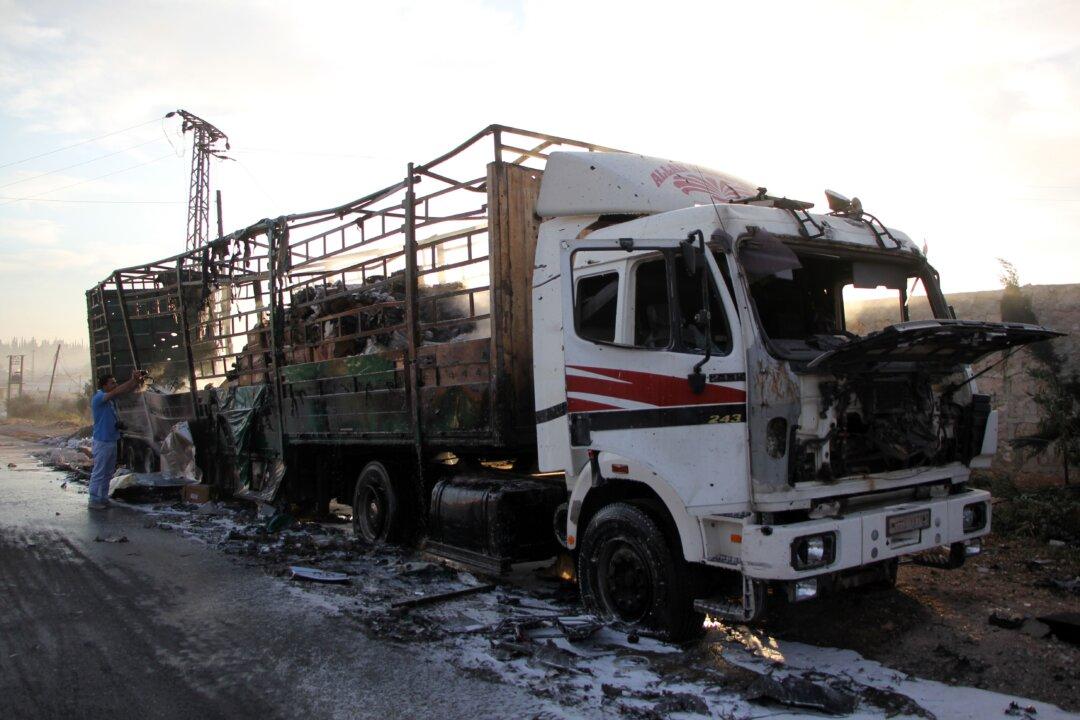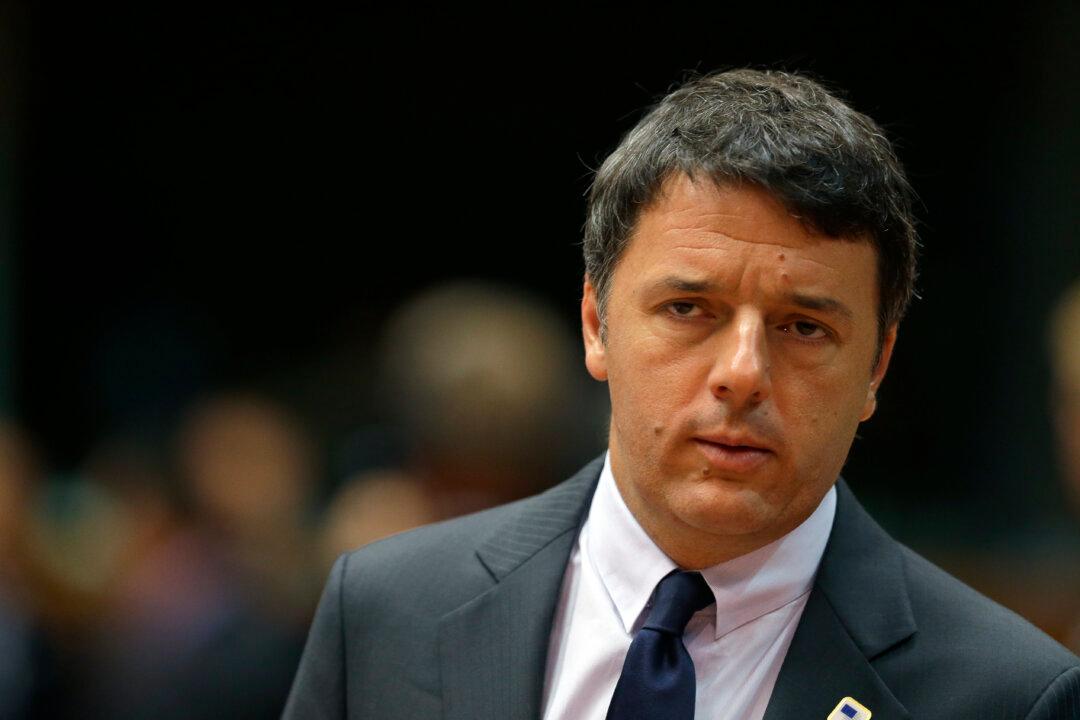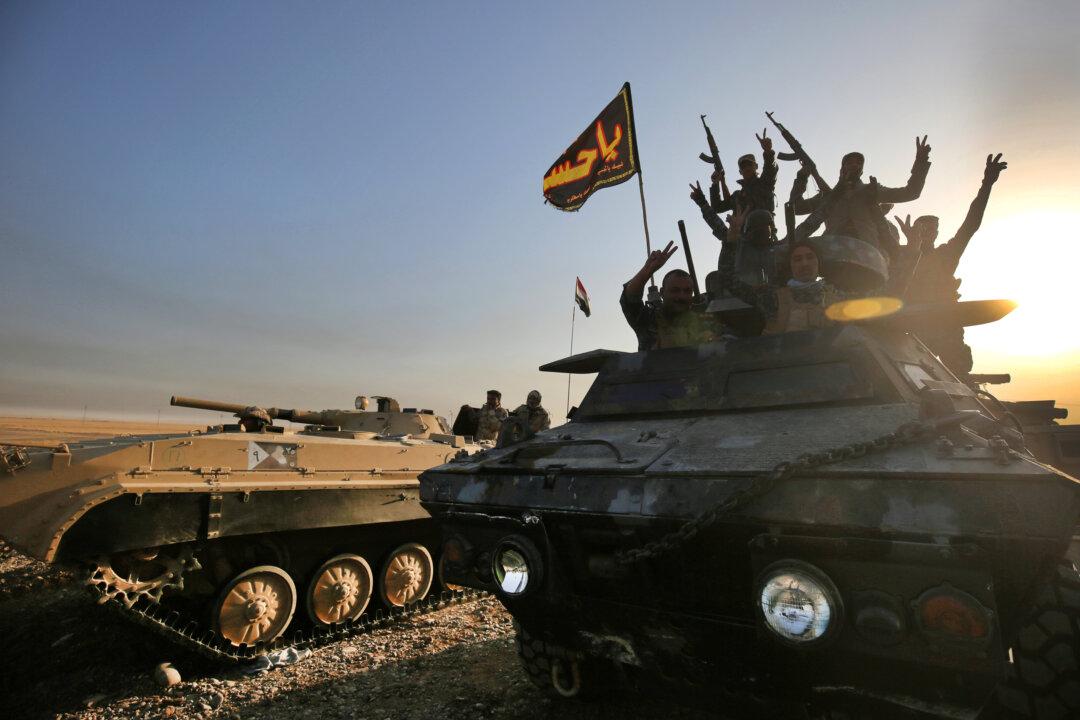The delicate cease-fire negotiated between the United States and Russia has faltered after aid agencies were bombed, killing 21 civilians.
The United Nations and other relief agencies suspended aid convoys into Syrian territory after the Sept. 19 attack on a Syrian Arab Red Crescent (SARC) warehouse and an aid convoy in rural Aleppo.
The attack was not from coalition forces, said a senior administration official. Whether it was Russia or the Syrian regime is still unknown, but the burden of responsibility lies on Russia to ensure regime compliance.
“The Russians have the responsibility certainly to restrain–refrain from taking such action themselves, but they also have the responsibility to keep the [Syrian] regime from doing it,” said the administration official.
The Syrian regime, through its state-run media, has refuted the claims that they were responsible for the attack. Russia backed the regime’s assertion and also denied responsibility.




